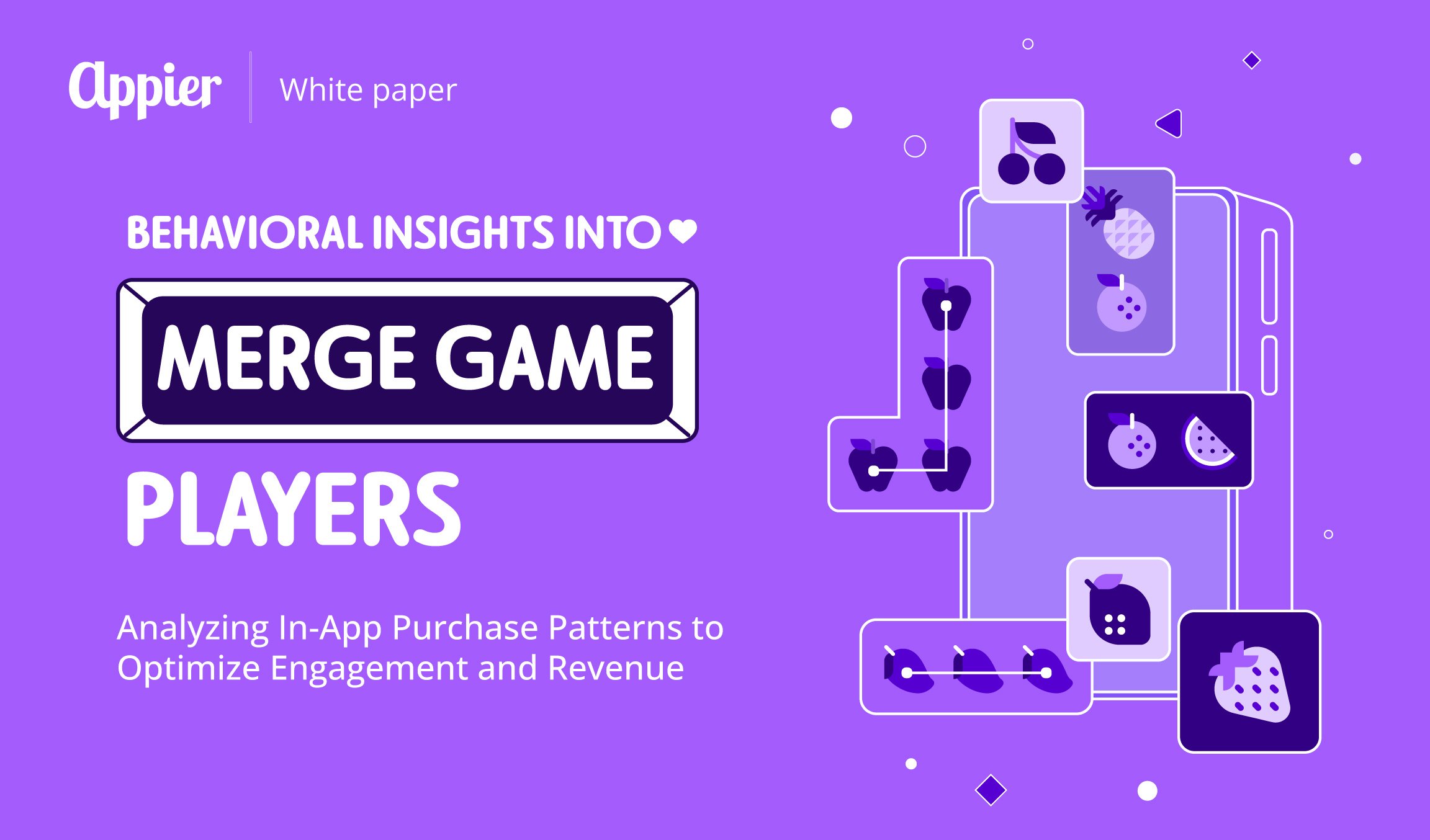7 min read
A business website is marketers’ most used distribution channel, but generating enough traffic and leads continues to be the top marketing challenge worldwide. It is no wonder that generating leads is marketers’ top priority in 2020.
COVID-19 has only made it more challenging for marketers as more companies have accelerated their digital transformation and shift to e-commerce. Brick-and-mortar retailers that previously relied on in-store sales are now forced to go digital for survival. According to IBM’s US Retail Index , the pandemic has accelerated the transition from physical stores to e-commerce by approximately five years, while e-commerce is estimated to grow by almost 20 percent in 2020.
So, how can brands optimize their marketing strategies to drive website traffic and leads for higher ROI? Here are eight powerful techniques to help you achieve that.
1. Improve Your Website’s UX Design
The latest figures from Statista show that more than 88 percent of online shopping orders worldwide were abandoned in March 2020, suggesting significant lost opportunities. One of the key factors in higher website traffic and conversions is how easily visitors can navigate your site, find the relevant content or product information, and complete checkout.
Great user experience (UX) design involves everything from a responsive and mobile friendly design to fast page load time, a simple navigation menu, clear and easy-to-read product descriptions with striking visuals, attractive call-to-action and creative 404 error pages.
2. Target the Right Audience With Customer Prediction
As a marketer, not only you want more visitors to your website, but also want them to be the right audience because that is critical to turning visitors into prospects or, even better, paying customers.
Many marketers are still relying on experience and guesswork for targeting, which leads to ineffective campaigns and wasted budget. However, with tools driven by artificial intelligence (AI), you can use predictive modeling to figure out which customers may be interested in your products or services. AI can then segment them based on their behavior and rank the segments to identify high-value segments – the ones most likely to purchase from you – to ensure effective targeting from the start.
3. Drive Engagement With Real-Time Personalization
Providing a personalized experience for audiences on your website is critical to standing out from the competition. According to Accenture Interactive's Personalization Pulse Check , 91 percent of consumers are more likely to purchase from brands that provide relevant offers and recommendations.
Combining your own customer data and third-party data, and analyzing it with AI tools will enable you to better understand customers’ interests and behavior across your owned channels, as well as on external websites. You can then use this insight to not only tailor the marketing messages to your current customers, but also personalize your website content for first-time visitors. Isn’t it a delight for visitors to see exactly what they are looking for as soon as they land on your site?
4. Up Your SEO Game to Drive Traffic
Organic traffic generally tends to be of high value, with studies showing that leads driven through SEO (search engine optimization) are eight times more likely to close than those from outbound marketing.
Optimizing a website for search is an ongoing process and one that has no one-size-fits-all formula. It usually starts with keyword research, followed by on-page optimization of titles, headlines and keywords, as well as technical SEO hygiene to address broken links, 404 error pages, sitemaps and URL structures. Above all, the golden SEO rule is to have your website provide value – informational or transactional – for your audiences.
5. Make the Most of Your Retargeting Campaigns
Remarketing has been a go-to strategy for marketers to boost conversions. By engaging people who have already shown an interest in your product, you can focus your efforts on those audiences which are more likely to convert.
To increase your chance of converting those visitors, you can leverage deep learning algorithms to analyze their behavior on your website and predict the ones who are most likely to convert for effective segmentation. Deep learning can also help you discover their needs and wants in real time beyond your owned channels by analyzing third-party data. With this insight, you can deliver ads with personalized product recommendations to entice them into purchasing from you.
6. Deploy Intelligent Tools Like Voice Assistants and Chatbots
While email and call centers are still two of the main channels for customer service, voice assistants and chatbots are becoming increasingly popular thanks to their many benefits like 24/7 accessibility and instant responses. According to a Capgemini report , 62 percent of consumers claimed that they were satisfied with the chat assistants found on a company’s website.
Today, these bots have evolved well beyond simple customer support automation. Starting off as mere rule-based bots that automated FAQs, they are now taking on more tasks like lead generation. The same Capgemini report also shows that 74 percent of consumers use voice assistants or chatbots to research and buy products and services, while 53 percent use them to pay credit card bills and transfer funds.
7. Anticipate and Minimize Churn
While trying to generate traffic from new visitors, you must not ignore existing customers who may be slipping away. A 5 percent increase in customer retention can lift profits between 25 and 95 percent, according to Bain & Company.
It can be time consuming for marketers to find potential churners and to prioritize who to bring back. However, with the use of deep learning and predictive analytics, it is possible to identify and segment inactive users and predict their likelihood to be reactivated. AI can also help predict churn based on usage data and additional contextual data such as average order value.
8. Better Understand Customer Intent and Sentiment
To build a closer relationship with your customers, you need to better understand how they really feel about your brand and their real intent. By leveraging deep learning and natural language processing (NLP) technologies, you can elevate your keyword-based marketing and sentiment analysis.
For example, as a furniture e-commerce marketer, you want to create a list of keywords to target site visitors and potential customers. You might add words like ‘dining table’, ‘sofa’, ‘living room’, ‘floor lamp’, ‘bed’ on your list. A deep learning-based NLP tool would also understand that a user searching for ‘new apartment’ and ‘redecoration’ in the right context would also be interested in furniture. Such technology can also help you understand whether visitors feel positively or negatively about your keywords.
Many companies are focusing all their efforts on driving higher conversion rates, which are indeed important for their business success. However, to increase sales, you need to direct more people to your website first. Start to implement the above techniques now, and you will soon gain a huge edge over the competition.
* Are you looking to increase your website traffic and generate more leads? Want to know more about how AI can help? Get in touch with our team today for an exclusive consultation.



-1.png?width=3000&height=1834&name=SuperLike_%E5%B7%A5%E4%BD%9C%E5%8D%80%E5%9F%9F%201%20(1)-1.png)